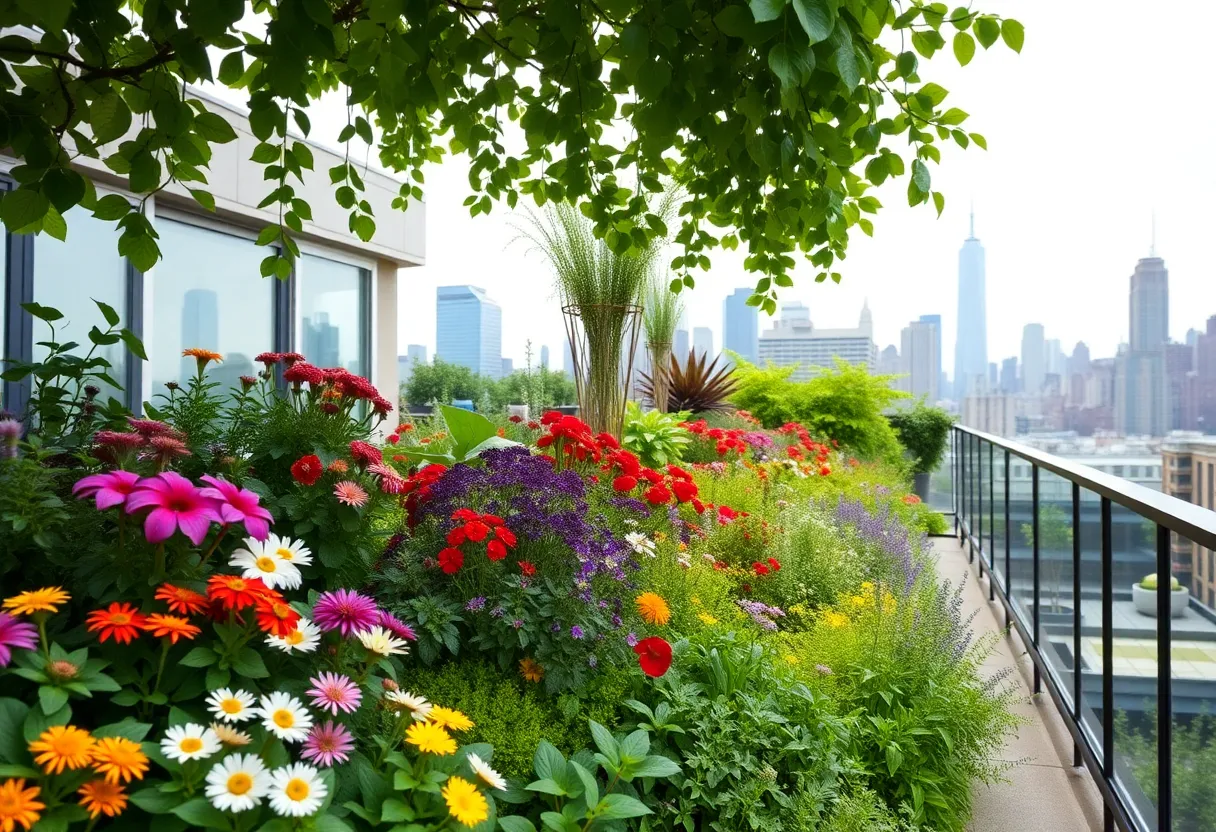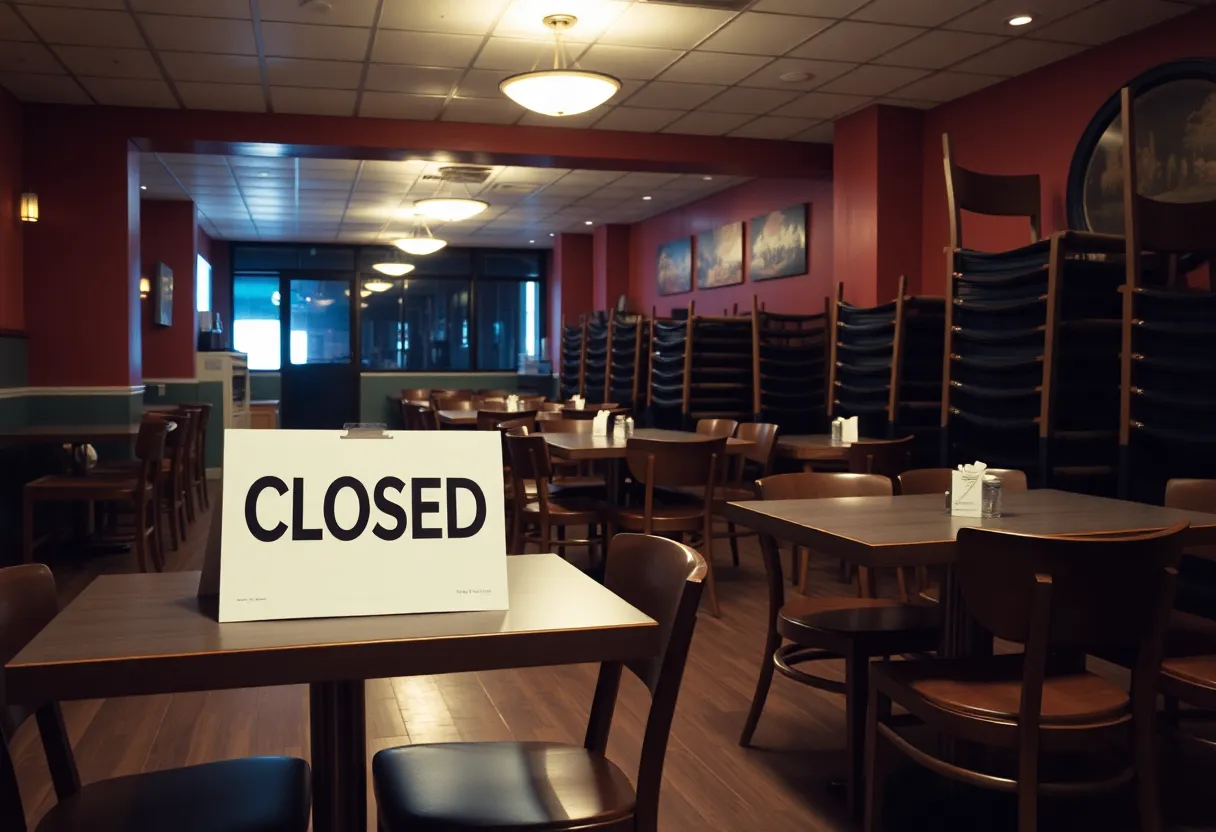5 Easy Steps to Create a Vibrant Rooftop Garden in New York City
Transforming your rooftop into a lush, vibrant garden in New York City requires careful planning and execution. Urban rooftops present unique challenges and opportunities that, when addressed properly, lead to a sustainable and attractive green space. This guide delineates five fundamental steps, providing clear guidance on how to develop a rooftop garden that is safe, durable, and thriving amidst the city’s dynamic environment.
1. Assess Structural Capacity and Secure Necessary Permits
The initial critical step involves a comprehensive evaluation of your building’s structural integrity. Rooftop gardens are heavy; soil, plants, water, and garden features add significant weight. _Engaging a licensed structural engineer_ is essential to determine the maximum load your roof can support. This evaluation should include an analysis of existing load capacity and considerations for future growth, such as added planters or water features. Overloading can cause structural damage or failure, jeopardizing safety and property integrity.
Following structural assessment, it is mandatory to review local building codes and _obtain all necessary approvals_. This may involve submitting plans for review by the building management, homeowners association, or city authorities. Compliance ensures the project adheres to safety standards and zoning regulations, avoiding legal complications that could halt construction or lead to fines. Proper documentation and approvals also ensure your rooftop garden’s long-term viability and safety.
2. Opt for Lightweight Construction Materials
Given the limitations on rooftop weight, selecting _appropriate lightweight materials_ is crucial. Traditional clay or ceramic pots, while attractive, are significantly heavier than modern alternatives. _Fiberglass, durable plastics, and fabric grow bags_ are optimal choices. These containers reduce overall load without sacrificing plant space or aesthetic appeal.
Soil selection also plays a key role. Use _lightweight soil mixes_ designed specifically for container gardening. These mixes often include materials like perlite, vermiculite, and coconut coir, which lighten soil weight while maintaining adequate drainage and aeration. Adopting this approach minimizes stress on the structure while ensuring healthy plant growth.
3. Select Plants Resilient to Urban Climate Conditions
Rooftop gardens in New York City are exposed to _strong winds, variable sunlight, and temperature fluctuations_. Therefore, plant selection should prioritize _native and hardy species_ capable of thriving under these conditions. Native plants have evolved to withstand local climate challenges and tend to require less maintenance and water.
Achillea millefolium (Yarrow) is an excellent choice for its full sun tolerance and drought resistance. Other options include Sedum varieties, Lavender (Lavandula angustifolia), and ornamental grasses, all known for resilience and adaptability. For vertical gardening or limited space, incorporate trellises or wall-mounted planters. These methods help mitigate wind exposure and maximize space efficiency.
Grouping plants in odd numbers and creating visual repetition with uniform planter styles foster a cohesive and balanced aesthetic. This enhances the garden’s visual appeal while simplifying maintenance routines.
4. Implement Efficient and Sustainable Irrigation Systems
Consistent watering is vital for plant health. Manual watering can be inefficient, especially during hot New York summers. Therefore, installing an _automatic drip irrigation system_ with a timer provides a sustainable, consistent watering schedule.
Drip systems deliver water directly to plant roots, reducing evaporation and runoff. Proper installation simplifies maintenance and conserves water — critical in urban environments where water management is essential. Regular monitoring and seasonal adjustments ensure plants receive appropriate moisture under changing weather conditions. Incorporate rain sensors where possible to prevent overwatering during precipitation events.
5. Prioritize Safety and Accessibility for Longevity and Enjoyment
Rooftop safety and accessibility are paramount. Verify that _parapet walls and railings_ meet the minimum height standards, typically at least 42 inches in New York City, to prevent accidental falls. Secure all bulky furniture and structures against high winds, which are common at elevated heights.
Design pathways and surfaces with _non-slip materials_ to ensure safe movement. Clearly marked walkways facilitate maintenance and enjoyment, especially for households with children, seniors, or visitors. Regular site inspections should be scheduled to identify and repair wear and tear, preventing potential hazards.
In terms of safety, consider _fire-resistant materials_ and plant selections that do not pose fire hazards, particularly during dry seasons. Fire safety compliance is vital and can be achieved through proper planning and adherence to local regulations.
Enhancing Your Rooftop Garden: Additional Considerations
Lighting and Climate Control
Even the most resilient plants benefit from _adequate lighting_. Incorporate energy-efficient LED grow lights if natural sunlight is insufficient, especially in shaded urban environments. Additionally, climate control elements like shade sails, umbrellas, or windbreaks help modulate harsh sun and wind exposure, protecting your plants and creating a comfortable outdoor space for users.
Soil and Fertilization
Since rooftop soils are often limited in nutrients, regular fertilization is necessary. Use _slow-release organic fertilizers_ to provide consistent nutrition with minimal maintenance. Testing soil periodically ensures nutrient levels stay optimal and prevents issues like over-fertilization or deficiencies.
Sustainable Practices and Maintenance
Implementing _composting_ and water-saving techniques enhances sustainability. Collect rainwater for irrigation, reducing reliance on municipal water supplies. Mulching helps retain moisture and suppress weeds, reducing manual labor. Routine pruning, pest management, and soil amendments are essential for maintaining plant vitality and garden aesthetics.
Conclusion
Creating a _vibrant rooftop garden_ in New York City is a strategic process rooted in understanding structural, environmental, and aesthetic considerations. By systematically following these five steps—assessing structural capacity, selecting lightweight and resilient materials, choosing suitable plants, installing efficient irrigation, and ensuring safety—you establish a sustainable, enjoyable, and beautiful green space.
This endeavor not only enriches your personal environment but also contributes positively to urban ecological health, providing habitat, reducing heat, and improving air quality. Meticulous planning and execution transform a blank rooftop into an oasis of greenery amid the cityscape.
Author: STAFF HERE NEW YORK WRITER
The NEW YORK STAFF WRITER represents the experienced team at HERENewYork.com, your go-to source for actionable local news and information in New York, the five boroughs, and beyond. Specializing in "news you can use," we cover essential topics like product reviews for personal and business needs, local business directories, politics, real estate trends, neighborhood insights, and state news affecting the area—with deep expertise drawn from years of dedicated reporting and strong community input, including local press releases and business updates. We deliver top reporting on high-value events such as New York Fashion Week, Macy's Thanksgiving Day Parade, and Tribeca Film Festival. Our coverage extends to key organizations like the Greater New York Chamber of Commerce and United Way of New York, plus leading businesses in finance and media that power the local economy such as JPMorgan Chase, Goldman Sachs, and Bloomberg. As part of the broader HERE network, including HEREBuffalo.com, we provide comprehensive, credible insights into New York's dynamic landscape.





